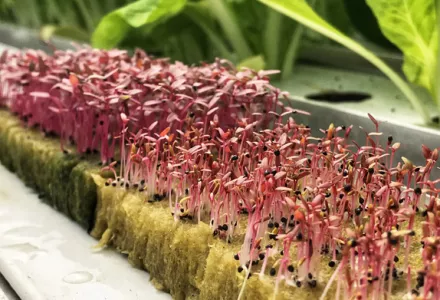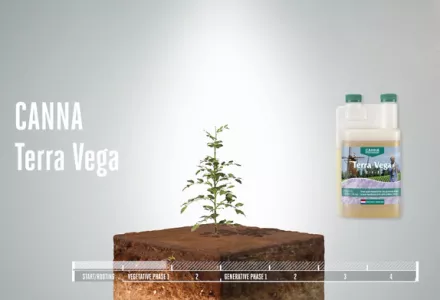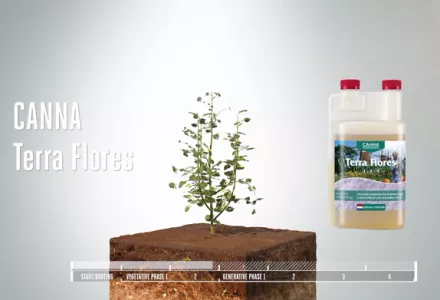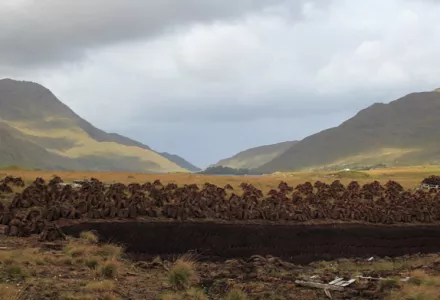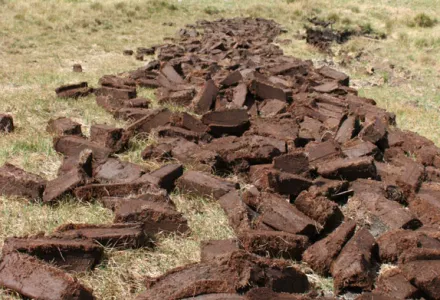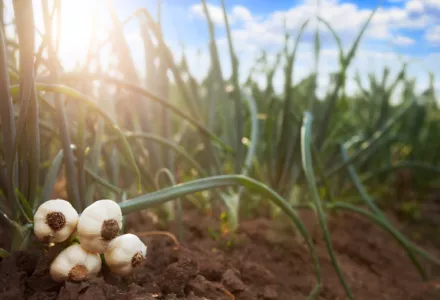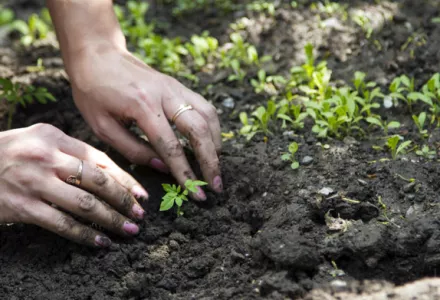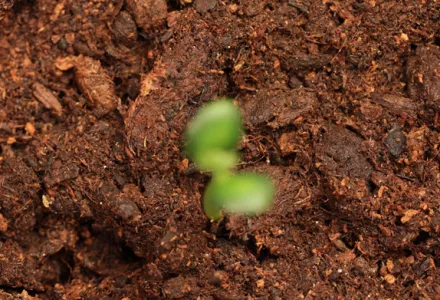Not all potting soils are suitable for cultivating short cycle crops, even less for long-term crops. The three most important factors that should be taken into consideration when choosing a potting mix are structure, pre-fertilization and relative pH. Good pre-fertilizing and proper pH adjustment are critical for a successful harvest. Potting soil, rock wool and coco are the three most important growing medium for fast growing plants. The big advantage in using potting soil is it’s ease of use, it’s buffering capacities, and it’s forgiving nature.
Soiless potting mix is principally biological and natural, which accounts for its great popularity with organic growers. When used correctly in combination with CANNA nutrients, plants appropriately use all of the nutrients provided, so the products remain environmentally safe and leftover soil mixes can be used as a soil conditioner in other garden beds.

Potting mixes have the reputation for being both ‘biological’ and ‘natural’, however that is not entirely true. Potting mixes often contain components such as perlite and processed mineral nutrients. Perlite is an inorganic material produced by an industrial process, which is not included in Terra Professional Plus.
History of peat

Approximately 12,000 years BCE, the glacial ice sheets of the last big ice age retreated northwards, leaving behind a scoured barren and sandy terrain. The first vegetation that developed, grew, and died off, formed the first thin layers of peat, which can still be found in what is known as the ‘dark’ layer.
A long formative period ensued, interrupted by short ice ages around 6,000 and 3,000 BCE during which the black peat layer formed. This marked the beginning of a new formative period during which the white peat layer was able to form.
The intermediate layer between the white peat and the black peat is called ‘grey’ peat. The growth or ‘upper’ layer forms the profile’s top layer.
Potting soil, an easy medium
Peat is the basis for any good potting mix. The best peat mainly comes from areas in which the water associated with the peat is mostly affected by rainwater and has a low mineral content; therefore contains few nutrients. This lower mineral content makes it necessary to add all the nutrients needed for growth to the soiless potting mix. This is achieved by using specially prepared potting mix nutrients or biological ingredients such as algae granules, blood meal, fish emulsion, dried cow manure, horn meal, bone meal and worm castings.
Trace elements are also lacking and should be added to establish a total baseline nutrient level. The amount of trace elements that the peat absorbs depends on its type, sphagnum moss absorbs less than garden peat for example.

Most loose potting soil mixes that are available in retail shops already contain nutrients and a healthy level of acidity. This provides a stable root environment and reduces the chance of problems with nutrition. The big advantage of soilless potting mediums is that they are easy to work with, whereas rock wool and coco require a bit more knowledge and attention.

